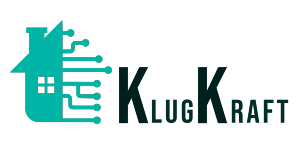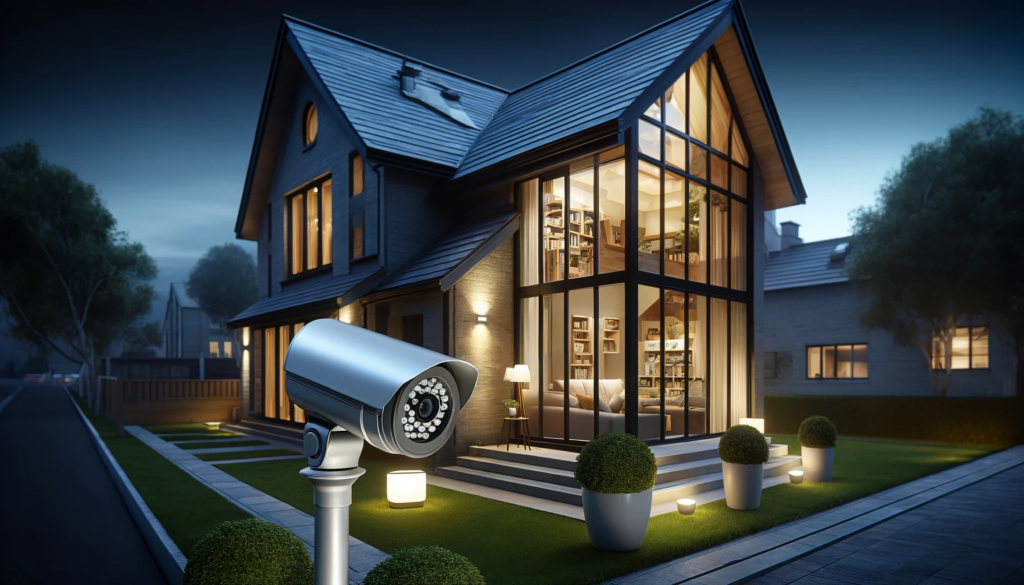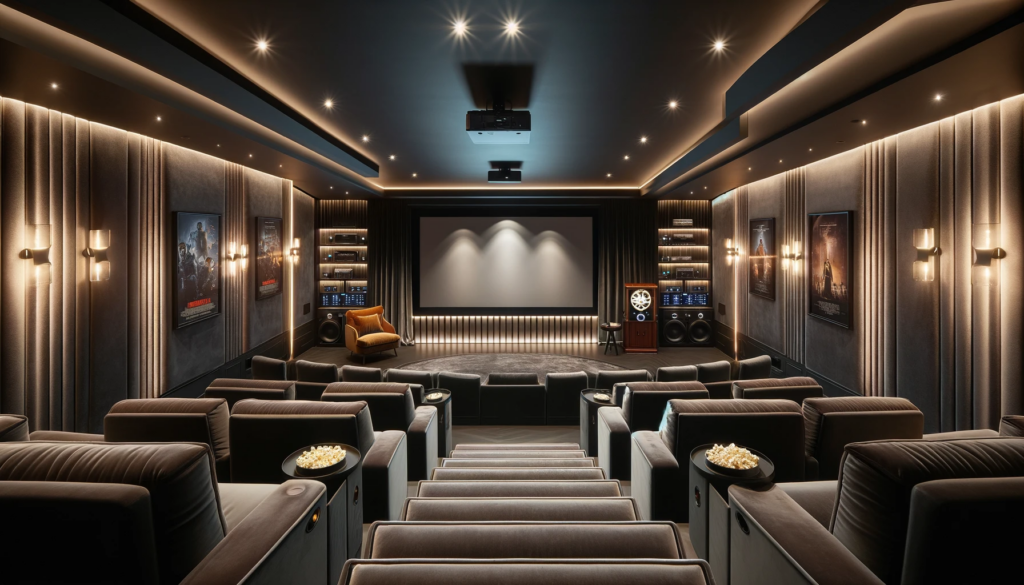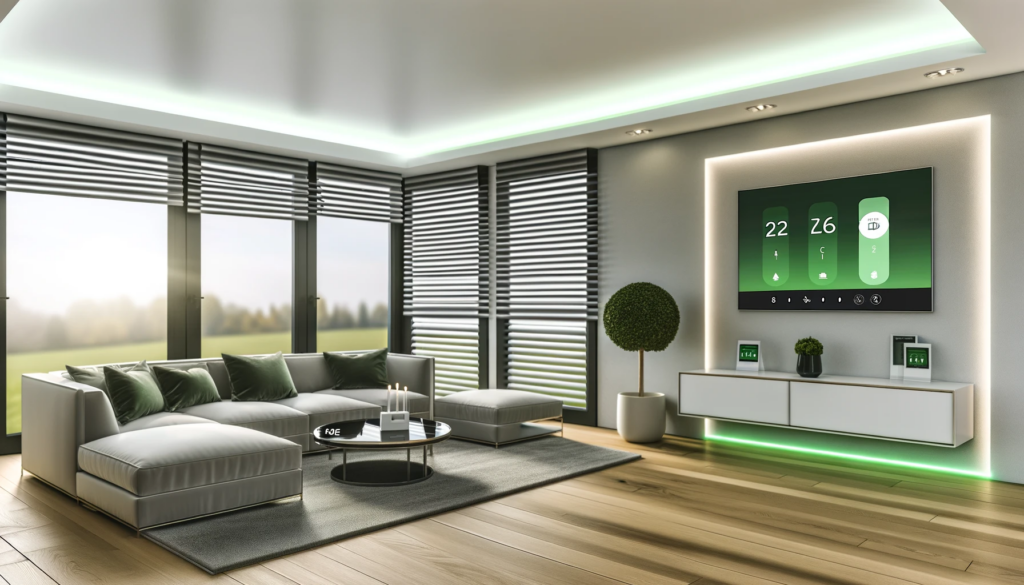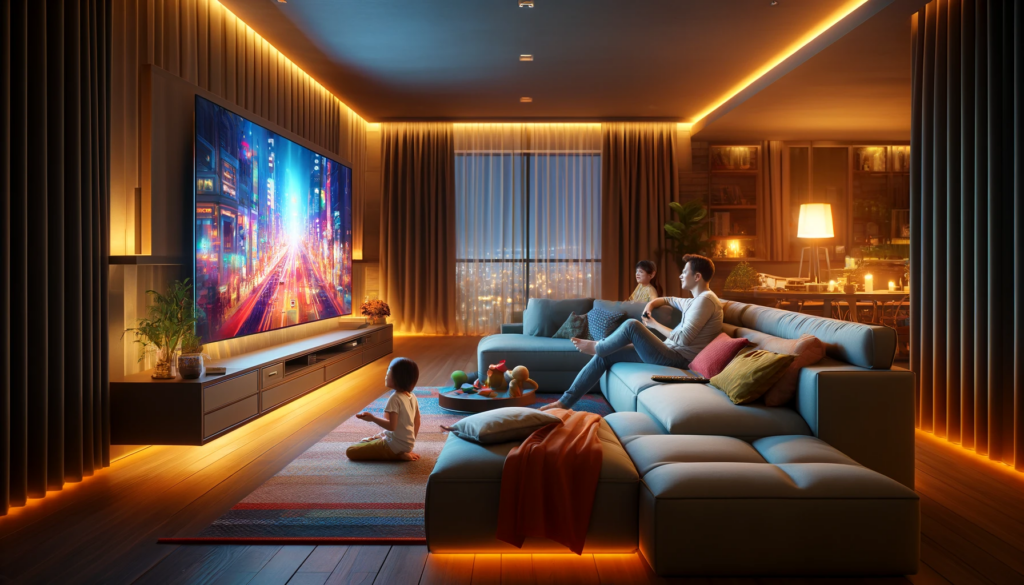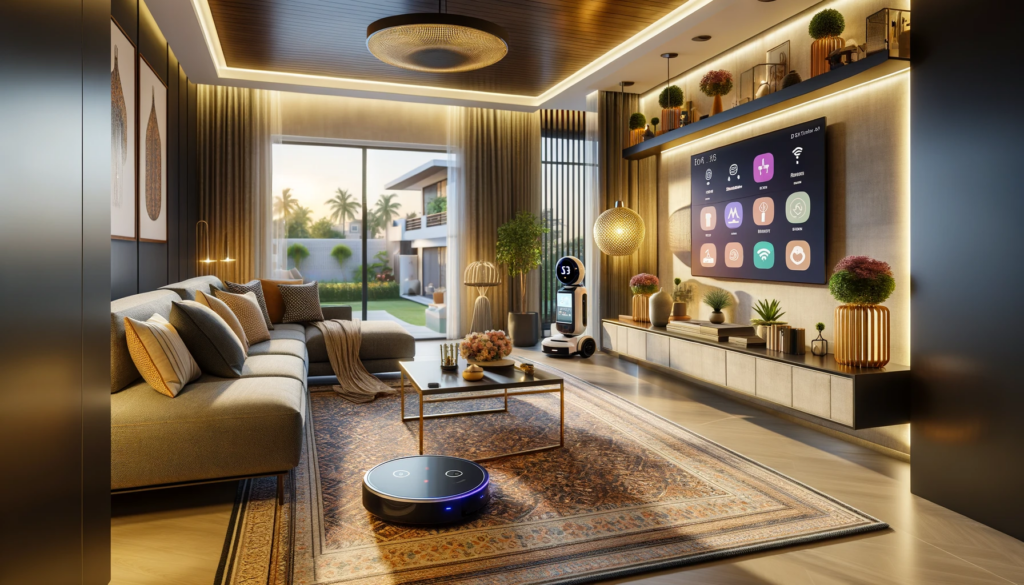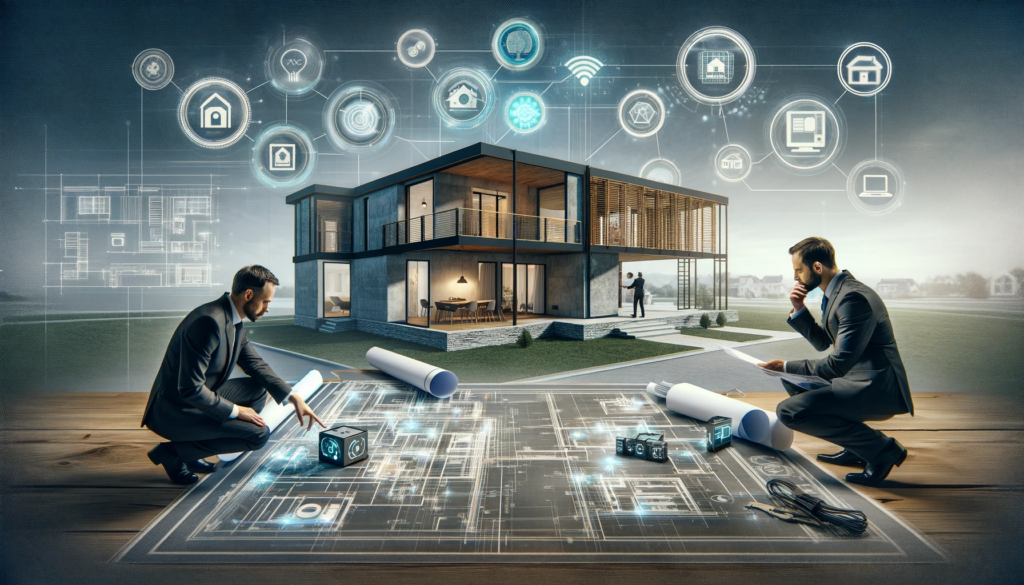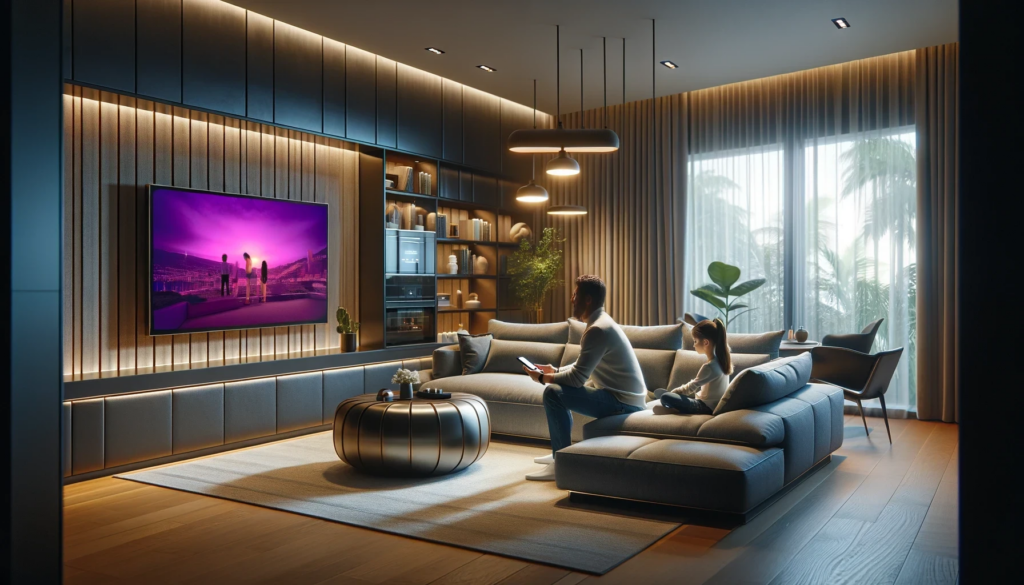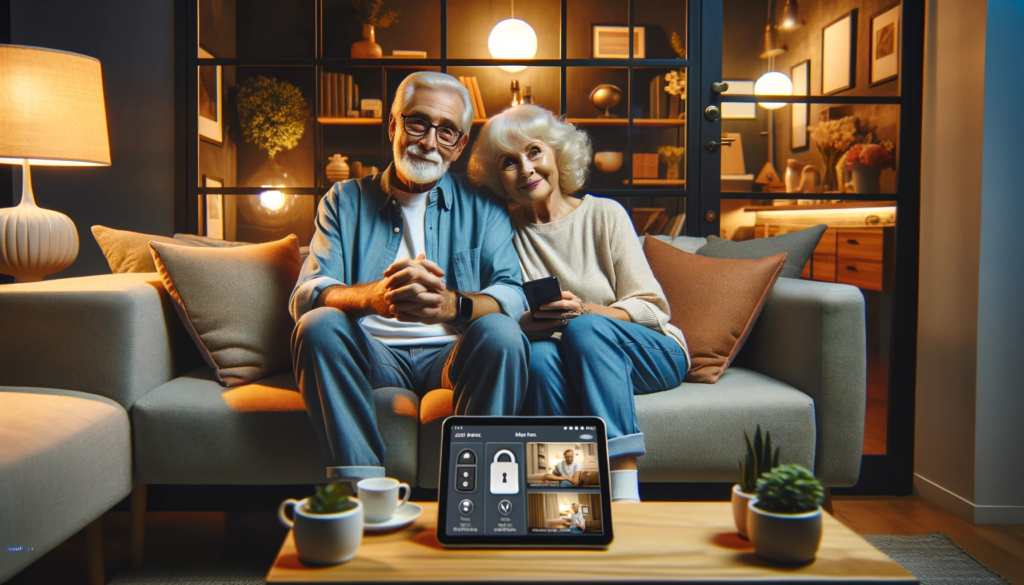In the realm of modern interior design, integrating security measures such as professional security cameras is not only about enhancing safety. But also about preserving the aesthetic integrity of the space. In short, designing a secure & stylish home with professional cameras. This guide provides interior designers with essential tips and strategies for incorporating security cameras into their projects effectively and discreetly.
Understanding the Basics for a Secure & Stylish Home
Before integrating security cameras, familiarize yourself with the different types:
- Dome Cameras: Best for indoor use, offering a discreet appearance.
- Bullet Cameras: Ideal for outdoor use, visible and deterrent, but can be integrated into design elements like outdoor lighting.
- PTZ (Pan, Tilt, Zoom) Cameras: Offer comprehensive coverage and are good for large, open spaces.
Assessing Client Needs
- Areas of concern that need monitoring.
- Preferences between visible deterrence or discreet surveillance.
- Integration with other smart home systems.
Site Evaluation for Secure & Stylish Home
Evaluate the site to determine optimal camera placement, considering:
- Entry points and high-risk areas.
- Lighting conditions to ensure clear video quality.
- Power source locations and potential wiring pathways.
Design Integration Strategies
To seamlessly integrate cameras into your design:
- Camouflage with Decor: Use elements like decorative frames, plants, or custom housings that complement the interior aesthetics.
- Incorporate into Lighting Fixtures: Some cameras can be mounted within or disguised as part of lighting fixtures.
- Custom Furniture Solutions: Design custom furniture pieces that include hidden compartments for cameras.
Working with Security Professionals
Collaborate with security experts to:
- Ensure technical specifications meet security needs.
- Properly install and configure cameras for optimal functionality.
- Integrate security systems into home automation platforms.
Maintenance and Future-Proofing
Advise clients on:
- Regular maintenance checks.
- Updates for software and hardware to ensure longevity and effectiveness.
- Potential upgrades as technology advances or as their needs change.
KlugKraft is the premier online destination for system integrators and interior designers to showcase their home & office automation products. This platform is meticulously crafted to highlight the synergy between innovative technology and elegant design. Providing a comprehensive portfolio space for professionals. KlugKraft allows experts to display their latest smart home technologies, from intuitive lighting solutions to sophisticated security systems, all designed to enhance modern living. By offering a dynamic and interactive showcase, KlugKraft not only connects these professionals with potential clients but also sets a new standard in the integration of technology and design in home automation, ensuring every space is as functional as it is visually stunning. KlugKraft (a unit of Smart Group)
